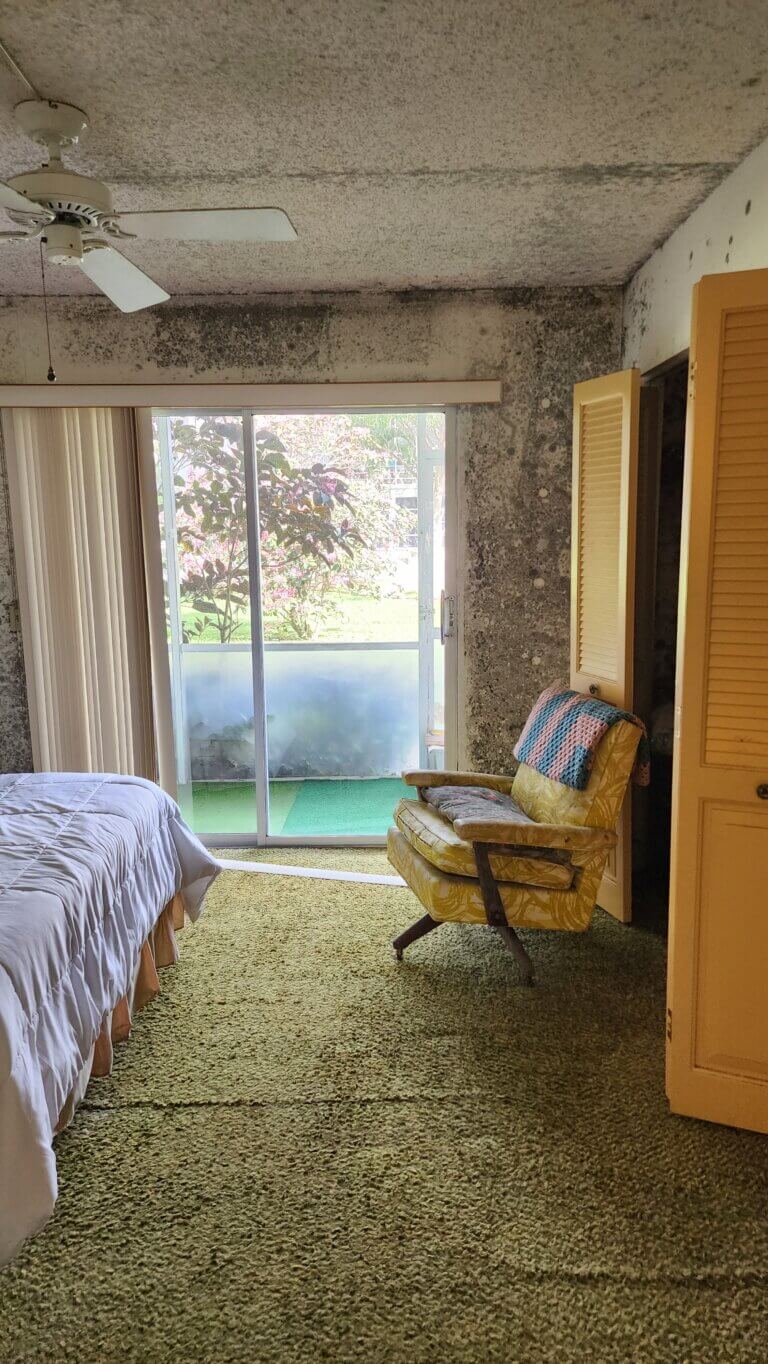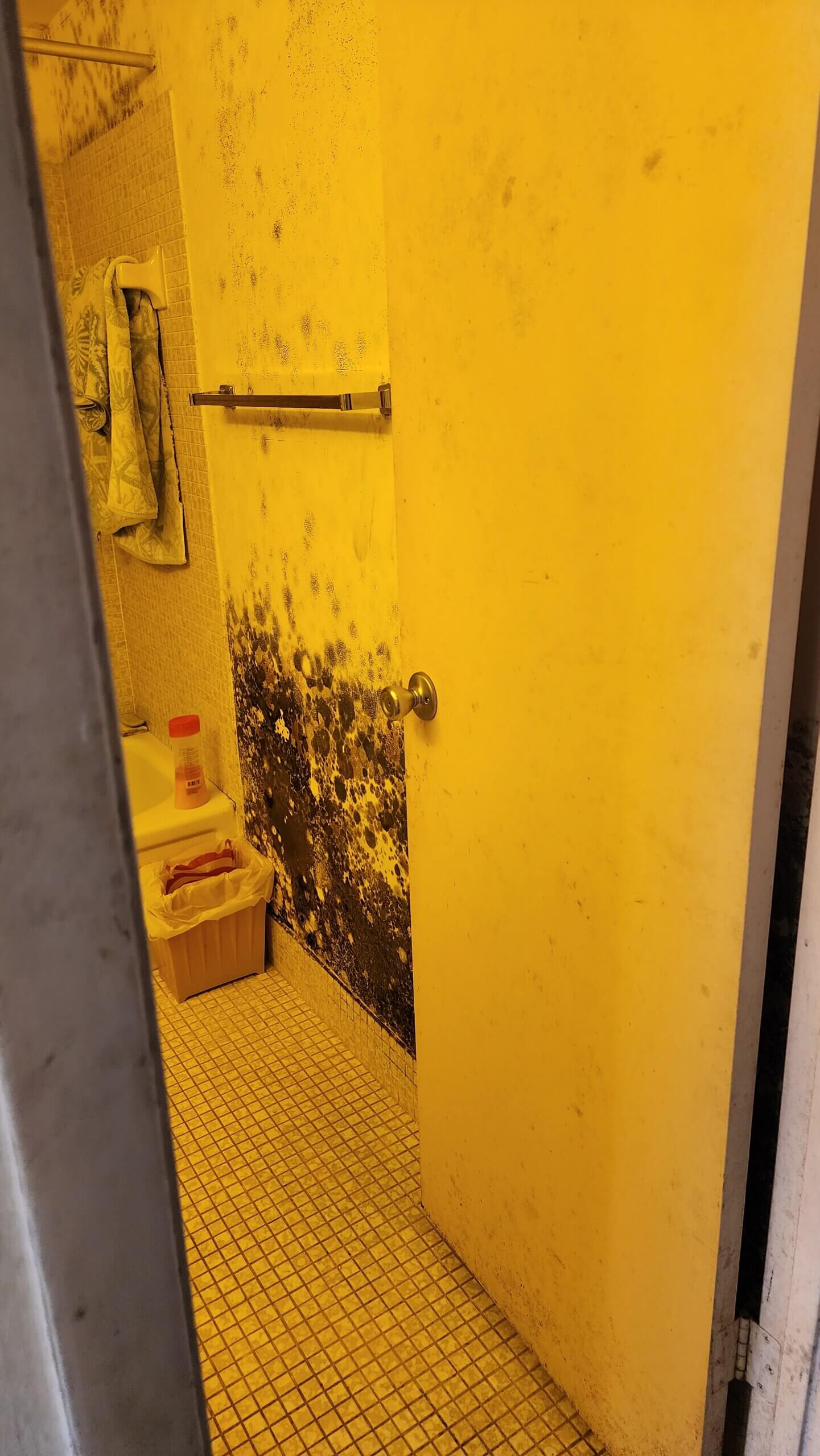
Black Mold and OSHA: Is It a Workplace Violation?
Introduction
Black mold, scientifically known as Stachybotrys chartarum, is a type of fungus that can pose serious health risks to individuals exposed to it over prolonged periods. The presence of black mold in workplaces raises significant concerns regarding employee safety and health regulations. The Occupational Safety and Health Administration (OSHA) plays a crucial role in ensuring safe working environments, leading us to ask: Is the presence of black mold a workplace violation under OSHA standards? This article explores this question in-depth, covering the implications of black mold exposure in the workplace, the responsibilities of employers, and how employees can protect themselves.
Understanding Black Mold and Its Risks
What is Black Mold?
Black mold is a greenish-black fungus that thrives in damp, humid environments. It’s often found in places that have experienced water damage or where moisture accumulates—think leaky roofs, overflowing sinks, or poorly ventilated areas.
Health Effects of Black Mold Exposure
Exposure to black mold can result in various health problems, especially for sensitive groups like children, the elderly, or those with existing respiratory issues. Symptoms may include:
- Coughing
- Sneezing
- Nasal congestion
- Skin irritation
- Headaches
In severe cases, prolonged exposure can lead to chronic respiratory conditions or immune system suppression.
OSHA Guidelines on Mold Exposure
OSHA doesn’t have specific standards for mold; however, it does enforce general duty clauses requiring employers to maintain a safe workplace free from recognized hazards. This means if black mold is present and poses a threat to employees' health, it could be considered a violation of OSHA regulations.
The Role of Employers in Mold Management
Employer Responsibilities Under OSHA Regulations
Employers must take proactive steps to manage indoor air quality and ensure that hazardous materials do not jeopardize employee health. This includes:
- Conducting regular inspections for mold growth.
- Implementing water management plans.
- Providing training on recognizing and handling mold.
Creating an Effective Mold Remediation Plan
A comprehensive mold remediation plan should encompass:
Training Employees on Mold Awareness
Training employees about the dangers of black mold and how to report signs of water damage or mold growth can help mitigate risks. Having resources such as “ mold inspection near me” readily available empowers employees to seek help when needed.
How Employees Can Protect Themselves from Black Mold
Recognizing Signs of Mold Growth
Employees should be educated on identifying signs of possible black mold presence:
- Musty odors
- Visible discoloration on walls or ceilings
- Excessive moisture or leaks
Reporting Issues Promptly
If employees notice any signs of water damage or suspect mold growth, they should report it immediately through established channels within their organization. Quick action can significantly reduce exposure risks.
Seeking Professional Help for Remediation
When dealing with suspected black mold infestations, looking for mold remediation near me can connect you with certified professionals who are trained in safe cleaning practices.
Regulations Surrounding Water Damage and Mold Remediation
Water Damage Protocols Under OSHA Regulations
When buildings experience water damage—whether from leaks or flooding—employers are legally obliged to act swiftly. This includes drying out affected areas promptly and conducting thorough inspections for potential mold growth.
Importance of Timely Action
Timely action not only minimizes the risk of health issues but also prevents further structural damage that could escalate remediation costs later down the line.
Mold Remediation Services Overview
Professional mold remediation services involve several key aspects:
Engaging a reputable mold restoration company ensures that all procedures adhere strictly to safety protocols established by regulatory bodies like OSHA.

Legal Implications of Black Mold in the Workplace
Lawsuits Related to Mold Exposure
In recent years, there has been an uptick in lawsuits regarding workplace exposure to black mold. Employees have claimed damages for illnesses related to unaddressed mold problems due to employer negligence.
Litigation Risks for Employers
Employers who fail to address known hazards may face legal repercussions including hefty fines and compensation claims from affected employees.
OSHA Inspections: What Happens?
During an OSHA inspection triggered by complaints regarding black mold:
It’s crucial for employers to maintain compliance with all safety regulations—not just those relating specifically to black mold—to avoid inspections resulting in penalties.
Case Studies: Workplace Violations Related to Black Mold Exposure
High-Profile Cases Involving Mold Violations
Several high-profile cases highlight how neglecting black mold issues has led organizations into legal trouble:
A large corporation faced fines after multiple employees reported respiratory issues linked directly back to unaddressed black mold infestations.
An educational institution was sued when students fell ill due to prolonged exposure from leaks leading into classrooms filled with visible fungal growth.
These examples illustrate how critical it is not only for employee safety but also for organizational integrity that employers stay ahead concerning potential hazards like black mold.

Mitigating Future Risks Associated with Black Mold Exposure
Regular Maintenance Checks
Conducting routine maintenance checks helps catch potential moisture problems before they escalate into more severe situations involving hazardous molds such as Stachybotrys chartarum.
1.Steps Employers Can Take:
-
Schedule regular property inspections by certified professionals specializing in both mold testing near me and general water mitigation strategies.

-
Implement preventive measures such as ensuring proper ventilation systems are functioning efficiently throughout your facility.
2.Employee Empowerment:
Encourage open communication among staff members regarding any concerns they might have about their working environment—this creates a culture where everyone feels responsible for maintaining air quality standards together!
FAQs About Black Mold and OSHA Compliance
FAQ 1: What should I do if I find black mold at work?
If you discover black mold at your workplace, report it immediately through appropriate channels within your organization so they can initiate remediation processes without delay!
FAQ 2: How can I ensure my employer takes action against discovered molds?
Keep records of any complaints made about identified issues; persistence shows dedication towards ensuring safe working conditions while providing evidence should further action become necessary later down line!
FAQ 3: Are there specific regulations governing indoor air quality concerning molds?
While no explicit laws exist regarding molds alone under OSHA guidelines—all facilities must provide reasonably safe environments free from hazards including excessive moisture levels which breed fungal growths like those associated with “black molds.”
FAQ 4: How often should workplaces conduct inspections for potential fungal infestations?
Maintaining consistent schedules—at least bi-annually!—is ideal; however increased frequency may be warranted based upon Pembroke Pines mold removal factors such as prior incidents involving water damage occurrences within given premises!
FAQ 5: Can I sue my employer if exposed long term without resolution efforts being undertaken?
Yes! If failing protections resulted directly correlated negative effects upon one’s health based upon negligence displayed by an employer failing adequately respond towards identifying/remediating hazardous conditions surrounding said matters!
FAQ 6: What signs indicate someone may suffer adverse reactions due specifically from their proximity towards molds?
Common symptoms include persistent coughs/shortness breath along nasal congestion headaches fatigue rashes skin irritations—in extreme instances more severe complications arise requiring urgent medical attention accordingly!
Conclusion
The relationship between black mold and workplace safety under OSHA regulations raises critical questions about employer responsibilities, employee rights, and overall health implications associated with prolonged exposure indoors amidst fungi-related concerns prevalent across various industries today!
By understanding these dynamics better—alongside actively seeking solutions through engaging certified professionals specializing within realms surrounding “water & mold remediation near me”—organizations stand poised not just against legal ramifications stemming negligence but ultimately fostering healthier work environments conducive towards productivity well-being alike!